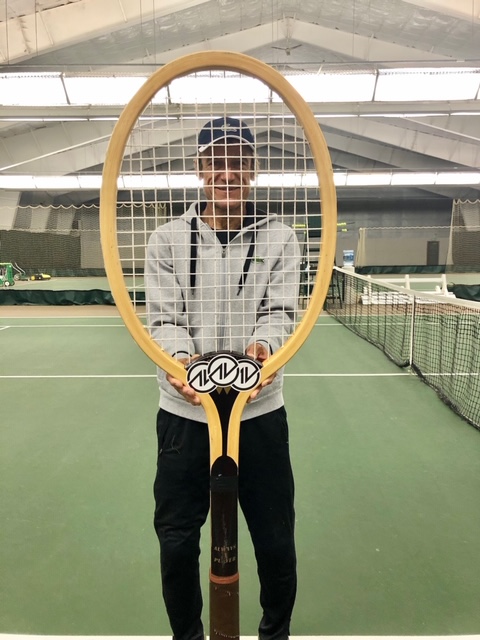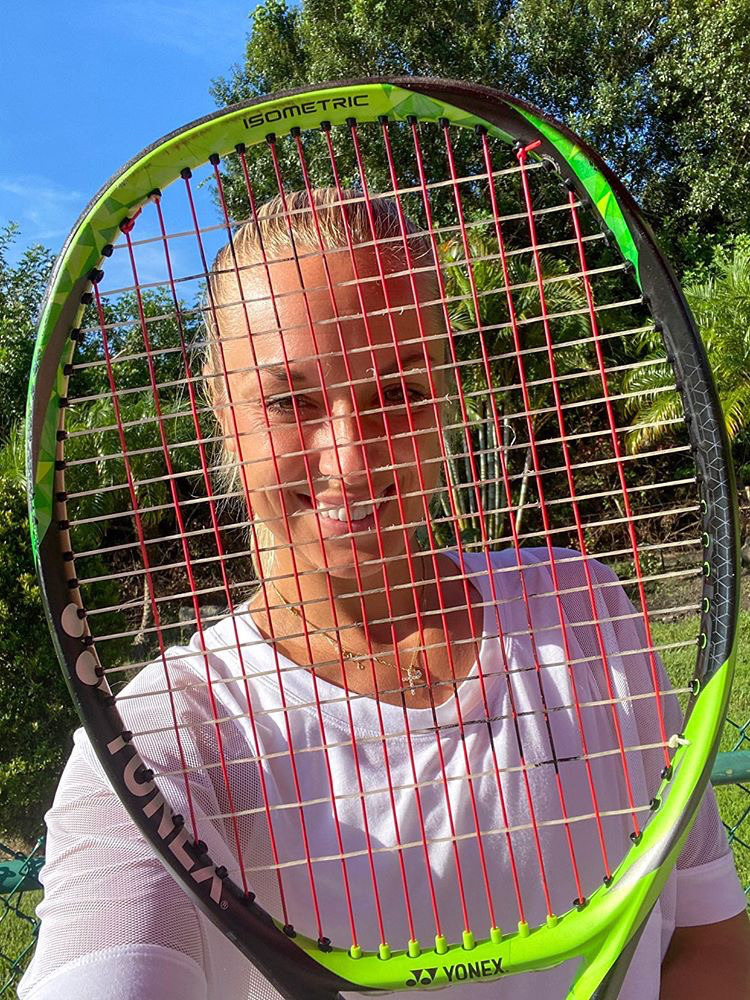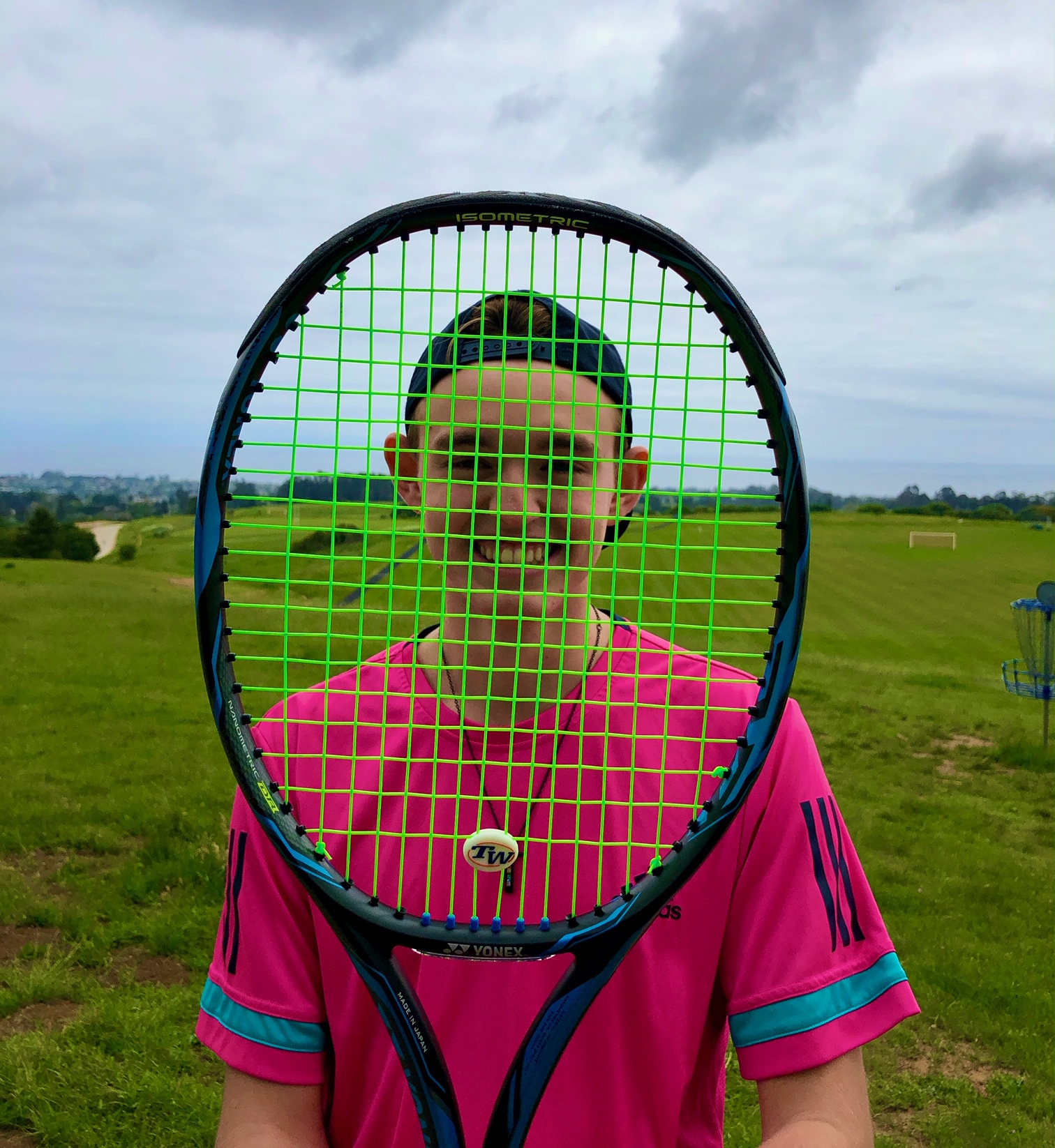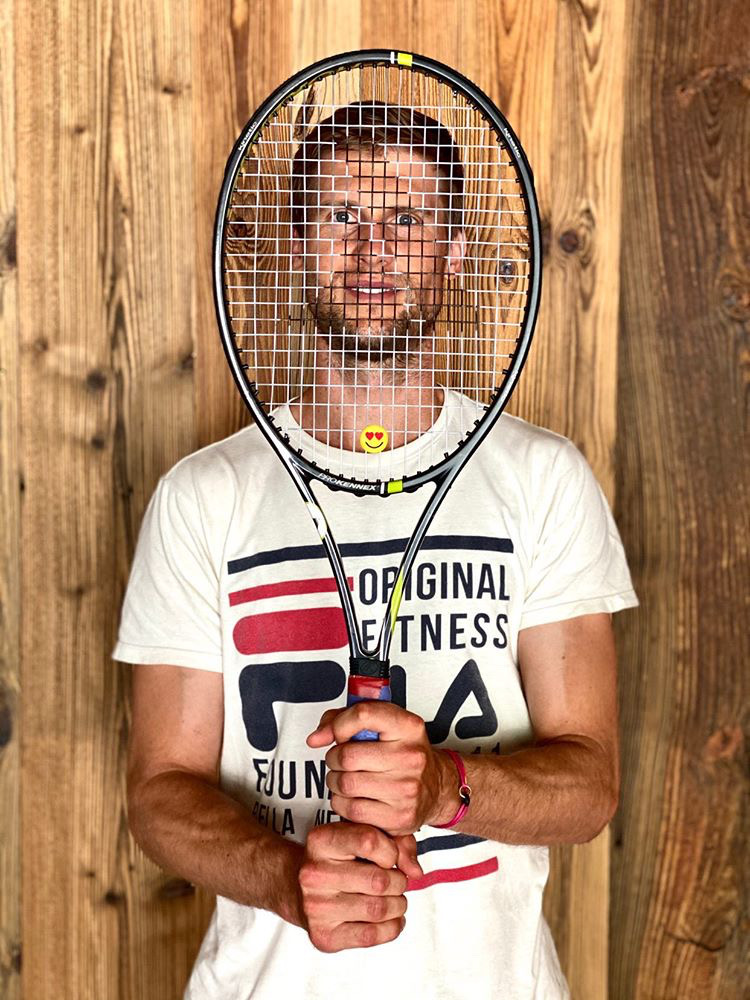Will We Always Judge Professional Athletes for Changes in Body Weight?
August 30, 2020
As the summer months come to a close, the pandemic continues to highlight the divide between privileged and underprivileged communities. This socioeconomic partition yields unequal access to the social determinants of health, conditions that promote healthy living. Economic disadvantage often results in food instability and limited access to healthy foods. Without proper nutrition, it is difficult to maintain ideal body weight. For some, a lack of mental health resources can also present an obstacle to establishing healthy routines with food. Athletes frequently suffer from mental health struggles that lead to disordered eating. In addition, food security does not guarantee a healthy eating plan. In fact, elite athletes are often intensely focused on diet and exercise and thus are very susceptible to disordered eating patterns. These athletes are subject to both internal and external pressures to maintain the ideal body conditions traditionally correlated with peak performance in sport. The past six months have interrupted plans and disrupted routines of professional athletes as well as the greater population. Madison Keys, who achieved a career high ranking of world number 7 in 2016, has been open about her mental health struggles since revealing her journey with disordered eating on Behind The Racquet last (more…)
As the summer months come to a close, the pandemic continues to highlight the divide between privileged and underprivileged communities. This socioeconomic partition yields unequal access to the social determinants of health, conditions that promote healthy living. Economic disadvantage often results in food instability and limited access to healthy foods. Without proper nutrition, it is difficult to maintain ideal body weight. For some, a lack of mental health resources can also present an obstacle to establishing healthy routines with food. Athletes frequently suffer from mental health struggles that lead to disordered eating. In addition, food security does not guarantee a healthy eating plan. In fact, elite athletes are often intensely focused on diet and exercise and thus are very susceptible to disordered eating patterns. These athletes are subject to both internal and external pressures to maintain the ideal body conditions traditionally correlated with peak performance in sport. The past six months have interrupted plans and disrupted routines of professional athletes as well as the greater population. Madison Keys, who achieved a career high ranking of world number 7 in 2016, has been open about her mental health struggles since revealing her journey with disordered eating on Behind The Racquet last (more…)




